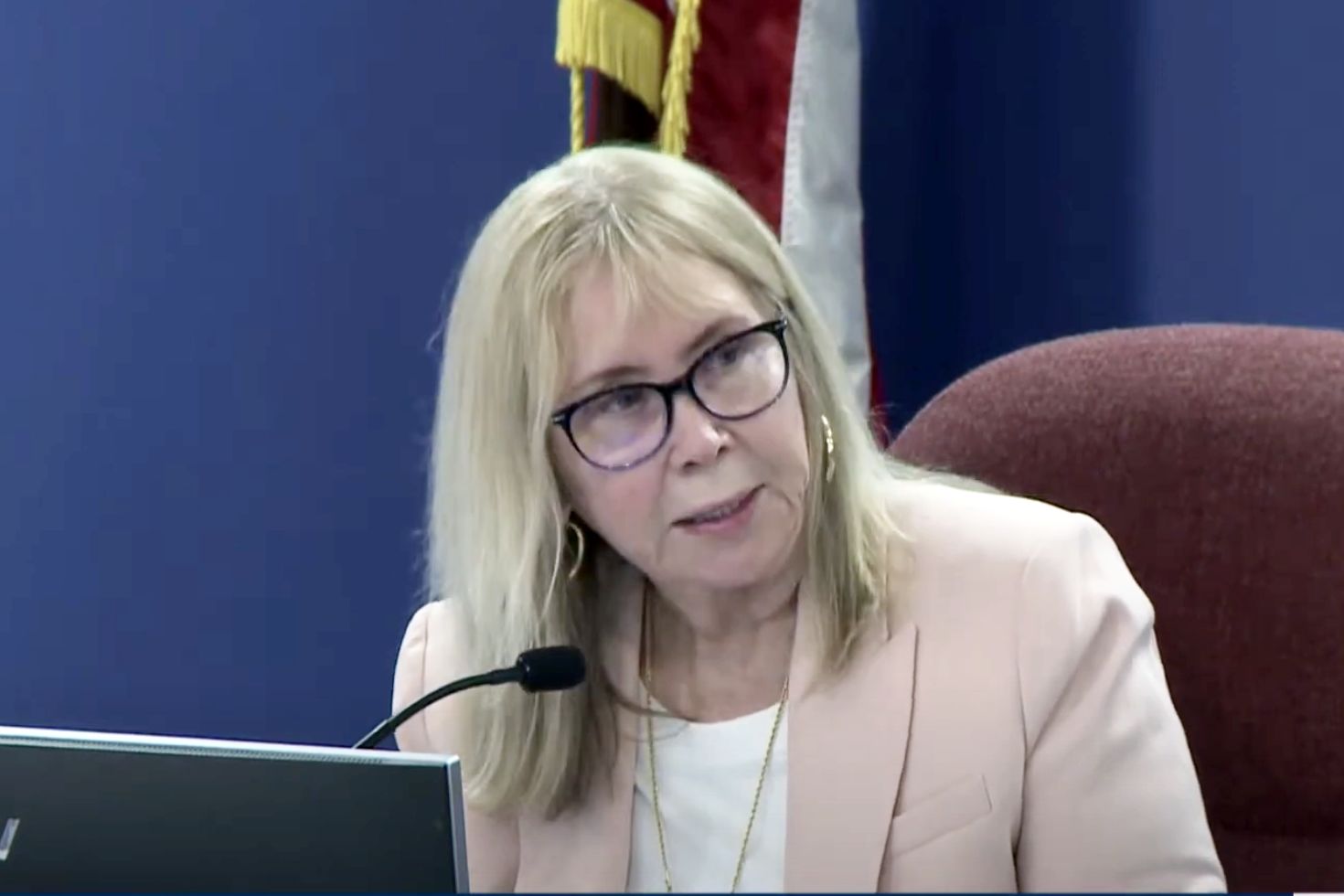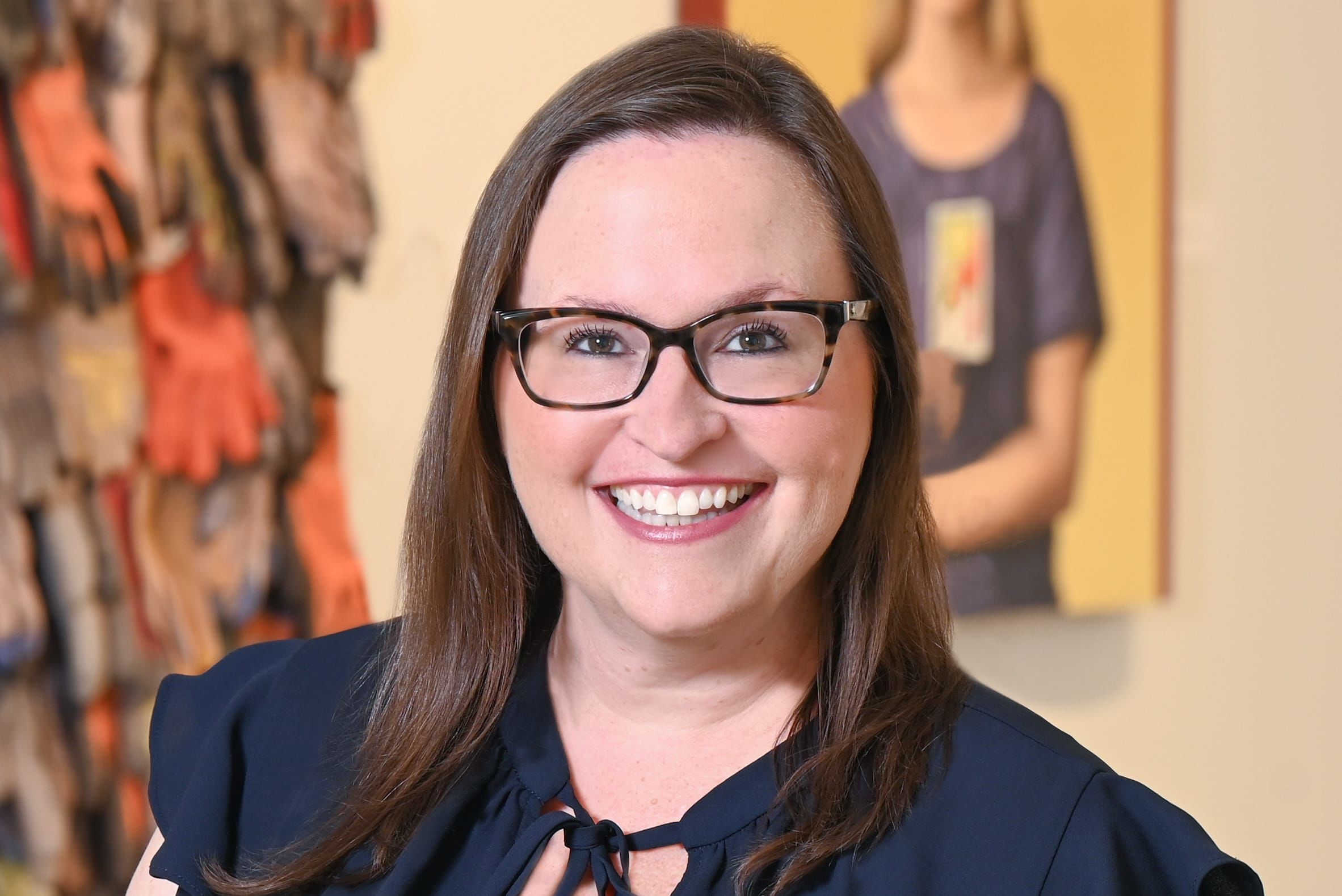Brother, Can You Spare a Raise?

Image: Shutterstock
Dave Stauffer has made quite a comeback since the Great Recession.
After losing his screening business during the economic collapse, Stauffer turned to detailing cars, cleaning houses and “any work I could find,” he says. In 2010, he landed a job at Leland Plumbing in Osprey.
Working 45- to 65-hour weeks, Stauffer, now 43, has seen his pay increase from around $40,000 to more than $70,000 during the past six years, the most he’s made in his life.
“I’m fortunate to work for a great boss who recognizes and rewards hard work,” Stauffer says of Jay Leland, who has owned the plumbing business for 42 years.
But while Stauffer is grateful for his own success, he sees himself as an exception. Many people he knows are still struggling, he says, often working two part-time jobs. “Things are still out of whack,” he says. “You have a few people making a whole lot, and many people struggling to get by.”
The numbers back Stauffer up, particularly on the Gulf Coast.
As part of our look at what people earn, we analyzed income data from the federal Department of Labor for scores of occupations across the nation, in Florida and in our metropolitan area of North Port-Sarasota-Bradenton. Data shows the median wage for American workers is $48,320. Florida workers made significantly less, at $42,860. And North Port-Sarasota-Bradenton fared even worse, at $40,600, ranking 268th among 387 metropolitan areas, trailing even Rust Belt areas such as Bay City, Michigan, and Fort Wayne, Indiana.
Although some occupations do pay more here (see the chart at right), the majority of jobs pay less, sometimes significantly less. For example, human resource managers make $117,080 on average nationally, but $113,210 in Florida and $108,500 in our metro area. Legal secretaries here make on average $40,200, around 15 percent less than the national average. The pay gap is immune even to higher powers: Clergy make about 10 percent less here than the national average of $48,150.
Undeniably, economic conditions have improved since the Great Recession. Stock indexes are at record highs. Home prices have rebounded. The state’s unemployment rate has fallen from over 11 percent during the height of the recession to under 5 percent by the end of 2016. And incomes are starting to pick up. Nationally, wages rose 2.9 percent in 2016, the highest rate since 2009. Data for Florida is not yet available, but economists say they expect the state’s wage growth to keep pace, at least, with the nation’s. But Floridians are still making a lot less than they did in 2007, when household income peaked at $54,646, nearly 10 percent higher than in 2015, according to the latest Census data.
It is so hard to put a positive spin on the data that Christopher McCarty, the director of the University of Florida’s Bureau of Economic and Business Research, begins his analysis with, “Well, Florida is not Mississippi, but …”
Mississippi? Historically, the poorest state in the nation?
“We really want to compare ourselves with Texas, which, like Florida, is one of the biggest states,” McCarty continues. “But the economy in Texas is more diverse and incomes are higher.” (The median income in Texas, according to the latest data, was $46,560, nearly $6,000 more than our region.)
PNC’s Florida economist Mekael Teshome agrees, calling the lack of wage growth in Florida “the Achilles heel” of the state’s economic recovery.
Economists cite a number of explanations, including that the state’s real employment is not as strong as the unemployment rate implies. In tabulating the unemployment rate, the government focuses on what is called the U3, which calculates the total unemployed as a percent of the civilian labor force. That’s the headline number, the one trumpeted in newspapers and TV broadcasts and in speeches by presidents and governors, and it looks good, in Florida, at below 5 percent.
But McCarty says another rate, the so-called U6, may be more revealing because it tracks not only unemployed, but the marginally employed, including workers barely getting by stringing together part-time jobs. Florida’s U6 rate at the end of 2016 was 10.3 percent, well above the national U6 average of 9.8 and much higher than the state’s U6 rate of just 6.2 percent in 2006. The bottom line is that with more than 10 percent of the labor force jobless or underemployed, companies have not felt the pressure to significantly raise pay, McCarty says.
“There’s still a lot of slack in the labor force,” adds Teshome, the PNC economist. “The good news is that the numbers are improving, the job market is growing and a lot of money is flowing into Florida. So we expect wages to increase.”
Shaun Merriman, president/CEO of Gateway Bank of Southwest Florida, cites another factor for the region’s slow wage growth—a lack of trained workers who can command higher wages.
“I hear from manufacturers and employers in the trades that they are having a hard time finding workers with the skills needed to fill open jobs,” Merriman says. “We are doing a better job with technical education in this area, but it needs to get even better because there is a skills gap. Young people need to know that they don’t need to go to a four-year college to get a good job. They need to get trained in the right skills.”
Economist Hank Fishkind of Orlando notes that the skills gap is a state and national issue, as well. Fishkind says the spread between advertised job openings and hires is widening, signaling employers are having trouble filling positions.
Still, with the local economy projected to grow this year at a faster rate than the nation’s, employers know that keeping a productive, reliable workforce is crucial. And some say they intend to pay more to get it.
“We’re looking at 3 percent raises this year,” says Merriman, whose bank employs 45 workers. “That’s above what we have done in recent years. But we had 15 percent loan growth last year. We’re doing very well and we want to keep our team in place.”
Pat Neal, whose Neal Communities has been booming during the housing recovery and who employs around 400 workers directly and another 400 to 500 indirectly through his construction projects, also plans salary hikes. “We are now in the eighth year since the depth of the Great Recession,” Neal says. “Wage gains are finally catching up to inflation. We expect to provide good compensation increases reflecting the strength—and our prediction of ongoing strength—in the housing economy.”
Still, those increases come from a lower base. Wages in Florida historically have been below the national average because of the state’s lack of manufacturing and its reliance on tourism and hospitality jobs that typically pay less than many other professions, McCarty says.
Neal cites another factor: Florida, particularly the Gulf Coast, is such an attractive place to live that workers are willing to take less.
“People just want to be here,” Neal says. “They like our climate, the atmosphere, the fact that there is no state income tax. I have little doubt that we have employees who would make more in other states. But they have self-selected to be here.”

Image: Shutterstock
McCarty says Florida’s leaders recognize that adding more high-paying jobs to the state’s economy is a priority. Efforts to dredge the state’s ports to take advantage of the widening of the Panama Canal and allow bigger vessels to operate from here is one example of the state’s strategic initiatives. That is expected to provide numerous jobs in transportation and shipping. The state also has focused on medical research, health care and medical tourism.
“These efforts don’t happen overnight,” McCarty says. “But they hold a lot of promise. The better we can diversify our economy, the more we can increase incomes.”
WHAT WE EARN
SOURCES: Most salaries are self-reported and include some estimates. Public company CEO salaries come from Yahoofinance.com, SEC filings and media reports. Nonprofit executive director salaries are from GuideStar. The salaries and photos of Marcos Aviles, Curtis Shively, Devin McKinnon, Nicole Mendez, Brian Sands, Malcolm Blanc and Casey Kent are courtesy of Maura Howl at Manatee Technical College.
$1,949,021
Gregory Yull
CEO, President and director Intertape Polymer Group (Sarasota)
$1,382,267
Rod Hershberger
CEO and chairman, PGT Industries (Venice)
$515,000
Wolfgang Dangel
CEO and president Sun Hydraulics (Manatee)
$392,579
Robert Rosinsky
President and CEO of Goodwill Industries, Manasota, Inc. (Bradenton)
$206,669
Stephen E. Demarsh
Sarasota County Government attorney
$197,373
Richard Russell
Executive director, Sarasota Opera Association
$189,955
Diana Greene
Superintendent, Manatee County schools
$154,104
Tom Knight
Sarasota County Sheriff
$146,778
Bernadette DiPino
City of Sarasota police chief
$100,000
Patti Hudson
Real estate agent, Century 21 (Venice)
$93,400
Kristi Dorman
Executive director, Humane Society of Sarasota County
$82,721
Nancy Detert
Sarasota County Commissioner
$70,000
Jeremy McCune
Tattoo artist. The Tattoo Studio (Sarasota)
$65,000
Craig Faulkner
High school teacher, baseball coach (Venice)
$60,000
Scott Rhude
Owner, Scott’s Computer World (Venice)
$60,000
Casey Kent
Apprentice for International Brotherhood of Boilermakers (Tampa)
$58,000
Elliot Washington
Men’s basketball coach, State College of Florida
$54,000
Devin McKinnon, LPN
Healthcare Coordinator Windsor of Lakewood Ranch
$53,000
Curtis Shively
GM & ASE Certified Master Automotive Service Technician
Sunset Cadillac (Sarasota)
$50,000
Scott Stewart
Wellness director, South County Family YMCA (Venice)
$45,000
Skyler McCool
Auto mechanic, The Tire Choice (Venice)
$45,000
Rebecca Freihaut
Sarasota County librarian
$40,739
Marcus Fahrney
Plumber, Leland Plumbing (Osprey)
$39,600
Brian Sands
Police Officer, Bradenton Police Department
$38,220
John Colon
Manatee School Board member
$34,000
Marcos G. Avilés
Senior graphic designer, manager of Graphic Design Department Covocup (Bradenton)
$29,697
Greg Steube
Florida Senator (Senator’s salary only)



